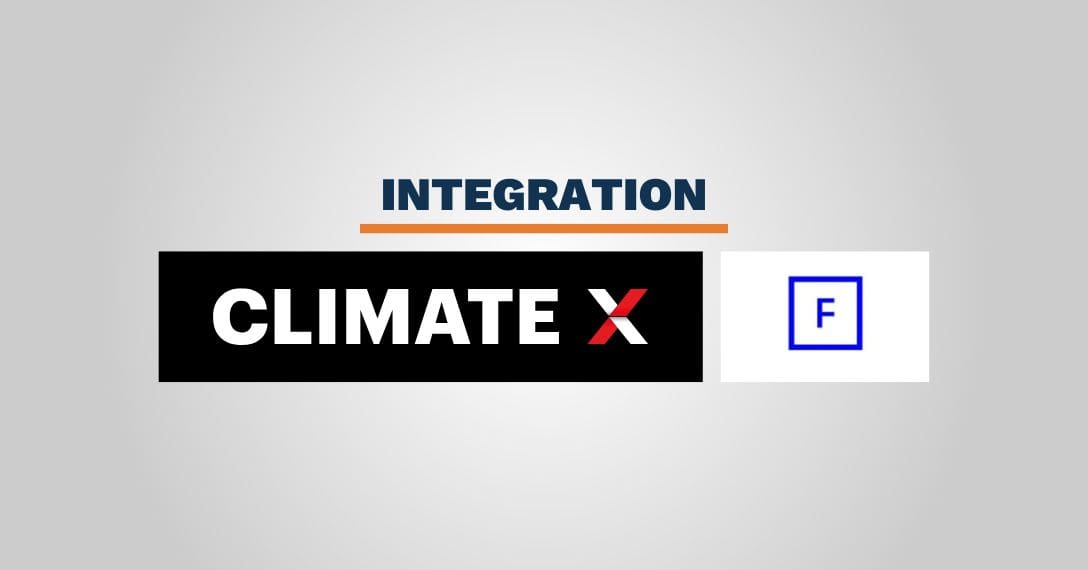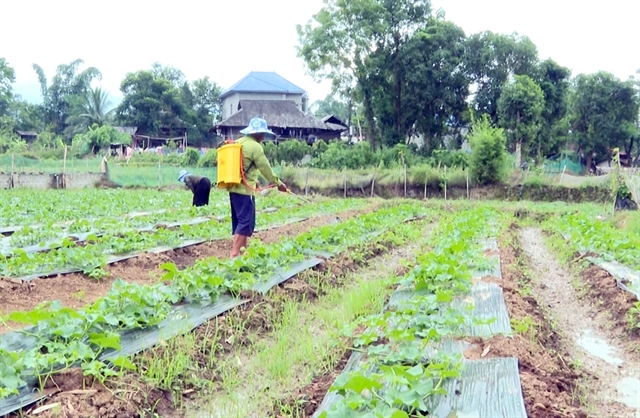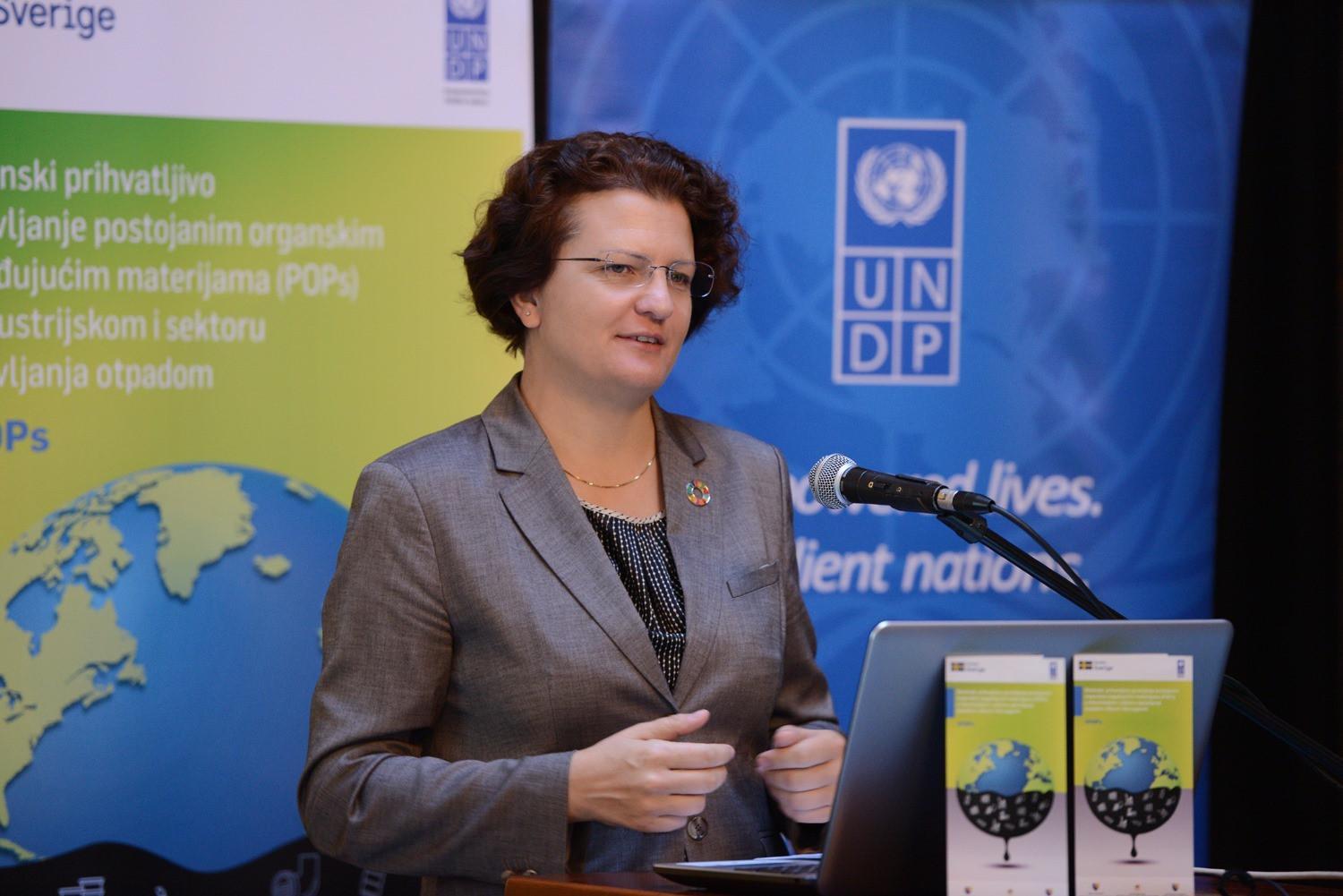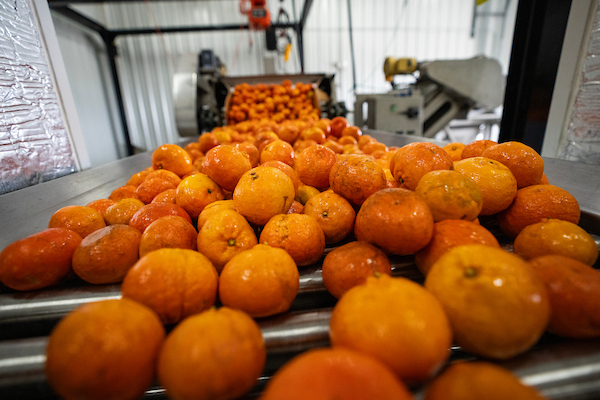Climate X to Integrate Fathom Flood Risk Model – corporatecomplianceinsights.com

Strategic Partnership to Advance Climate Resilience and Sustainable Development Goals
Executive Summary of Collaboration
A strategic integration has been announced between climate analytics firm Climate X and global flood modeling specialist Fathom. This partnership involves embedding Fathom’s global flood model into Climate X’s Spectra and Adapt climate resilience platforms. The initiative is a significant step forward in providing comprehensive, asset-level climate risk data, directly supporting the achievement of several United Nations Sustainable Development Goals (SDGs).
Enhanced Analytical Capabilities for SDG-Aligned Investment
The integration enhances Climate X’s analytical capabilities by adding detailed flood event simulations to its existing suite of physical risk models. This allows for a more holistic assessment of climate-related threats, which is crucial for sustainable and resilient development.
- Comprehensive Hazard Coverage: The platform now models a total of 13 physical climate hazards, including floods, extreme heat, tropical cyclones, landslides, and wildfires.
- Financial Impact Translation: Climate X translates complex physical risk data into actionable financial metrics, such as operational expense (OpEx), capital expense (CapEx), and revenue impacts at both the asset and corporate levels.
- Informed Decision-Making: This data empowers organizations to make investment and adaptation decisions that are not only financially sound but also aligned with long-term sustainability and resilience objectives.
Direct Contributions to Sustainable Development Goals (SDGs)
This collaboration provides critical tools and data that directly contribute to the following SDGs:
- SDG 13: Climate Action: By providing precise, science-based insights into climate hazards like flooding, the integrated platform strengthens the resilience and adaptive capacity of asset owners and communities. It equips stakeholders with the necessary information to take urgent action to combat the impacts of climate change.
- SDG 9: Industry, Innovation, and Infrastructure: The partnership represents a key innovation in climate analytics. The resulting data helps guide investment towards building resilient infrastructure capable of withstanding future climate shocks, fostering sustainable industrialization.
- SDG 11: Sustainable Cities and Communities: The asset-level analysis enables cities and developers to better understand and mitigate climate risks, particularly from flooding. This supports the goal of making human settlements safer, more resilient, and sustainable in the face of increasing climate-related disasters.
- SDG 17: Partnerships for the Goals: The collaboration between Climate X and Fathom exemplifies a powerful private-sector partnership working to provide solutions that advance the global sustainability agenda.
Implementation Timeline and Outlook
The integrated flood risk models are scheduled to be available to Climate X clients in early 2026. The partnership aims to equip industries with the confidence to adapt and invest in a climate-resilient future, leveraging combined expertise to deliver precise, science-based insights for sustainable development.
Analysis of Sustainable Development Goals in the Article
1. Which SDGs are addressed or connected to the issues highlighted in the article?
-
SDG 13: Climate Action
The article is fundamentally about climate action, focusing on tools and analytics to understand and adapt to climate-related hazards. It discusses “climate resilience platforms,” “physical climate hazards” like floods and extreme heat, and equipping industries to “adapt and invest with confidence” in the face of climate change.
-
SDG 9: Industry, Innovation and Infrastructure
The collaboration highlights innovation in the technology sector. The development of “cutting-edge climate risk analytics” and the integration of a “global flood model” into platforms like Spectra and Adapt represent technological advancements aimed at making infrastructure (assets) more resilient by providing owners with better risk data.
-
SDG 11: Sustainable Cities and Communities
The services described help “asset owners” understand and mitigate risks from climate hazards such as floods. These assets are often located within cities and communities. By providing tools to protect these assets and understand financial risks, the companies contribute to making human settlements more resilient to climate-related disasters.
-
SDG 17: Partnerships for the Goals
The article’s core subject is the partnership between two private companies, Climate X and Fathom. They are combining their respective expertise—”independently validated flood data” from Fathom and “climate risk analytics” from Climate X—to create a more comprehensive solution, exemplifying a partnership to achieve sustainable development objectives.
2. What specific targets under those SDGs can be identified based on the article’s content?
-
Under SDG 13 (Climate Action):
- Target 13.1: Strengthen resilience and adaptive capacity to climate-related hazards and natural disasters in all countries. The article directly addresses this by describing “climate resilience platforms” designed to help “asset owners adapt” to a range of “physical climate hazards,” including floods, extreme heat, and cyclones.
-
Under SDG 9 (Industry, Innovation and Infrastructure):
- Target 9.1: Develop quality, reliable, sustainable and resilient infrastructure. The platforms help asset owners make informed investment decisions to protect their infrastructure against climate risks, thereby promoting resilience.
- Target 9.5: Enhance scientific research, upgrade the technological capabilities of industrial sectors in all countries. The article showcases this through the development and integration of “cutting-edge climate risk analytics” and “science-based insights” to serve industry needs.
-
Under SDG 11 (Sustainable Cities and Communities):
- Target 11.5: By 2030, significantly reduce the number of deaths and the number of people affected and substantially decrease the direct economic losses relative to global gross domestic product caused by disasters. The service explicitly “translates physical risk data into operational expense, capital expense and revenue insights,” directly addressing the goal of quantifying and mitigating economic losses from disasters like floods.
-
Under SDG 17 (Partnerships for the Goals):
- Target 17.16: Enhance the global partnership for sustainable development, complemented by multi-stakeholder partnerships that mobilize and share knowledge, expertise, technology and financial resources. The collaboration between Climate X and Fathom is a direct example of a partnership sharing technology and expertise.
3. Are there any indicators mentioned or implied in the article that can be used to measure progress towards the identified targets?
While the article does not mention official SDG indicators, it implies several ways to measure progress:
-
Indicator for Target 11.5 (Reducing economic losses):
The platform’s ability to translate “physical risk data into operational expense, capital expense and revenue insights” serves as a direct indicator. It provides a quantifiable measure of potential economic losses from climate hazards at the asset level, which is a prerequisite for mitigating them.
-
Indicator for Target 13.1 (Strengthening resilience):
The adoption and use of the “Spectra and Adapt climate resilience platforms” by asset owners can be seen as an indicator. The number of clients or assets being analyzed through these platforms would measure the increased capacity for climate adaptation in the industry.
-
Indicator for Target 9.5 (Enhancing scientific research):
The integration of “Fathom’s global flood model” with Climate X’s “12 physical climate hazards” models is an indicator of technological advancement and enhanced scientific capability in the climate analytics sector.
-
Indicator for Target 17.16 (Partnerships):
The formal partnership agreement between Climate X and Fathom is itself an indicator of a multi-stakeholder partnership focused on sharing knowledge and technology for sustainable development goals.
4. Summary Table of SDGs, Targets, and Indicators
| SDGs | Targets | Indicators (Implied from the article) |
|---|---|---|
| SDG 13: Climate Action | 13.1: Strengthen resilience and adaptive capacity to climate-related hazards and natural disasters. | The number of asset owners using the “climate resilience platforms” to adapt to climate hazards. |
| SDG 9: Industry, Innovation and Infrastructure | 9.5: Enhance scientific research, upgrade the technological capabilities of industrial sectors. | The development and integration of “cutting-edge climate risk analytics” and “science-based insights” for industrial use. |
| SDG 11: Sustainable Cities and Communities | 11.5: Substantially decrease the direct economic losses… caused by disasters. | The platform’s function of translating physical risk into financial metrics (operational expense, capital expense, revenue insights). |
| SDG 17: Partnerships for the Goals | 17.16: Enhance the global partnership for sustainable development… that mobilize and share knowledge, expertise, technology. | The formal partnership between Climate X and Fathom to combine and share flood data and climate analytics technology. |
Source: corporatecomplianceinsights.com
What is Your Reaction?
 Like
0
Like
0
 Dislike
0
Dislike
0
 Love
0
Love
0
 Funny
0
Funny
0
 Angry
0
Angry
0
 Sad
0
Sad
0
 Wow
0
Wow
0














































































